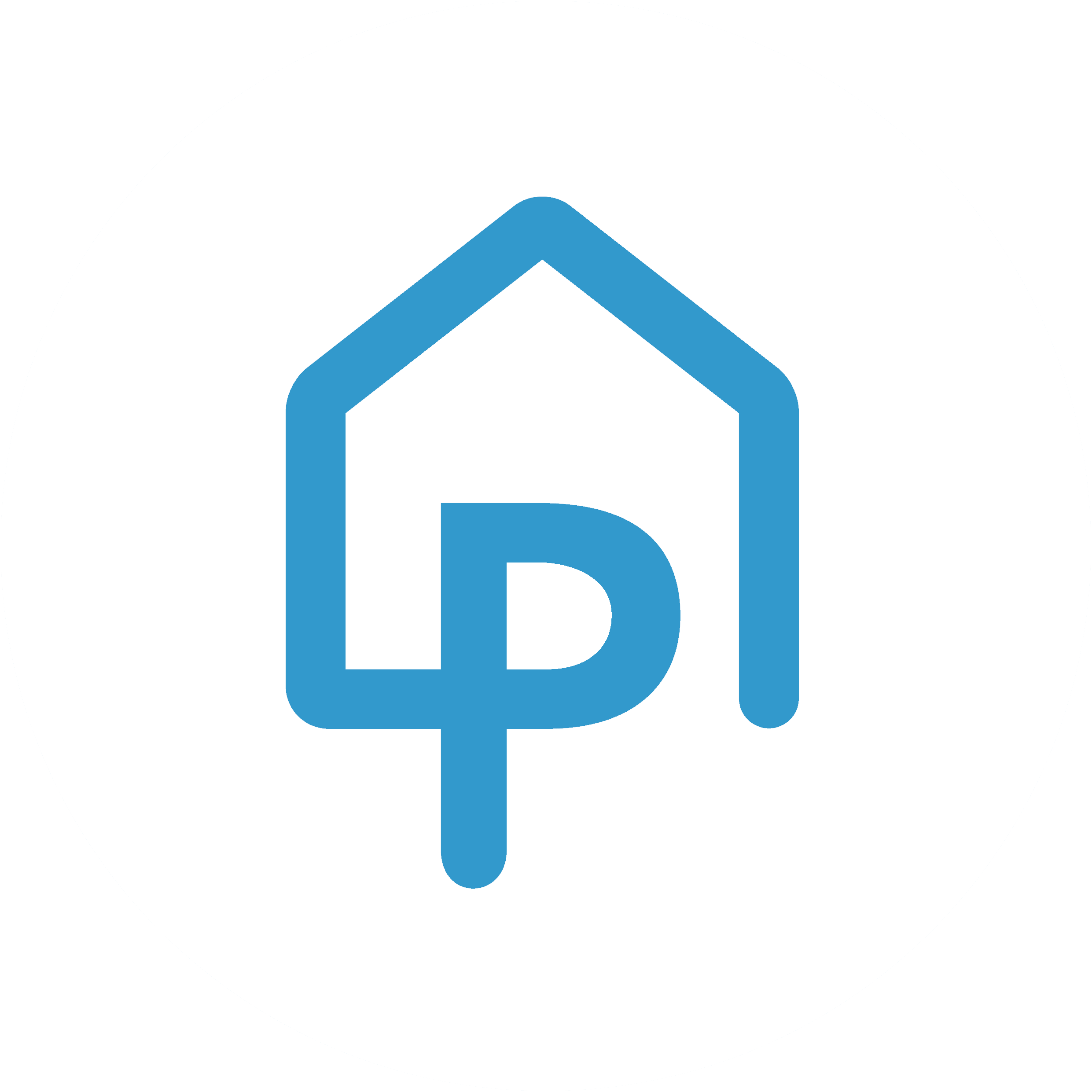Passivhaus Retrofit lecture series

As part of our retrofit campaign, April 2022 marked the conclusion of our popular Passivhaus Retrofit lecture series. The series addressed multiple constructions from solid wall to cavity construction, covering both residential & non-domestic challenges.
The popular series is now available as recorded modules that can be completed at your leisure. Each lecture shares first-hand experiences from expert practitioners to enrich your practical and technical knowledge about how Passivhaus can apply to your future retrofit projects.
The lecture series is aimed at anyone interested in designing and delivering Passivhaus retrofit projects, including: architects, engineers, home-owners consultants, contractors, local authorities and self-builders.

Advanced level
PHI credit points
Hours long
Paid course
Course Content
Learning Outcomes
1: Introduction
By the end of this module you will be able to understand:
- The UK context for Net Zero in the built environment and the case for Passivhaus EnerPHit, including the relationship between retrofit and renewable energy.
- The options for EnerPHit Retrofit options to make Passivhaus applicable to UK and how deep do we need to go?
- The options for EnerPHit Retrofit options to make Passivhaus applicable to UK and how deep do we need to go?
- How to utilise a whole building, EnerPHit informed Retrofit Plan (EiRP).
- How the use of the Periodic Heating Tool can provide more representative for internal temperature in the heating season
2: Solid wall retrofit
By the end of this module you will be able to understand:
- How EnerPHit compares to other standards such as AECB and LETI.
- The key design and delivery fundamentals of a whole house retrofit, including airtightness and thermal bridge and ventilation strategies.
- The impact of moisture in buildings and the strategies to mitigate the risk. Different types of moisture – rising damp, rain driven and interstitial.
- The criteria informing the choice of internal or external wall insulation systems.
- How to detail key junctions with internal wall insulation on heritage and listed buildings to mitigate thermal bridging, air leakage and manage moisture.
- How window apertures are critical in relation to heritage, heat loss and thermal bridging and how they should be effectively detailed.
3: Cavity wall
By the end of this module you will be able to understand:
- Practicality, opportunity and budget of various domestic retrofit measures
- Ingredients of successful retrofit – energy conservation/ energy efficiency/ renewable energy
- Advantages of insulating on the outside of cavity walls with external wall insulation – lower risk of condensation/ lower risk of thermal bridges
- Building tight: Application of insulation, what type, thermal bridges, location, and need to ventilate right. The critical importance of having a robust and effective ventilation strategy.
- High risk cavity walls and Moisture sources in cavity wall: rising damp, rain, leaks, indoor activities
- Why cavity walls are challenging to treat – form factor/ less airtight/ less desire to add insulation
- Optimisation of heating options following fabric improvement and consideration of renewables
4: Step by step retrofit
By the end of this module you will be able to understand:
- Step by step retrofit and PAS 2035 – does not suggest specific performance standards
- Practical lesson from of step by step retrofit on a mid-terrace property
- Certification requirements for step-by-step EnerPHit and impact on heating demand and IAQ
- How moisture, dust and mess should be managed through the retrofit steps
5: Multi residential retrofit
By the end of this module you will be able to understand:
- Making the case for and applying Passivhaus on large multi-residential domestic and non-domestic projects.
- Bringing our buildings in line with international climate goals – streamlining – retrofits simpler, faster and cheaper including prefabrication – reduction of retrofit times and costs. Lock in energy performance and quality through EnerPHit
- Streamlining, prefabrication – reduction of retrofit times and costs
- Barriers to high quality deep retrofit.
- Advantages of large scale in relation to form factor
- Further positive social impacts of EnerPHit on occupant health and welfare and reduction of fuel poverty.
- EnerPHit and net zero. Future proof
- Challenges of multi residential retrofit Different tenures within same building, projections such as balconies, windows, integration of MVHR
6: Non domestic retrofit
6: Non domestic retrofit
By the end of this module you will be able to understand:
- Applying Passivhaus on large multi-residential domestic and non-domestic projects.
- Different typologies
- Relationship with net zero operational carbon through a fabric first strategy
- Defining the airtightness layer and extent of thermal envelope
- Services location to optimise performance
Pricing
| Full series (6 lectures) | Individual lecture | |
|---|---|---|
| Member price | £60+VAT | £15+VAT |
| Non-member price | £90+VAT | £23+VAT |
PHT member? Login to see your discount on courses.
If you’re a member but not getting the discounted prices, email















